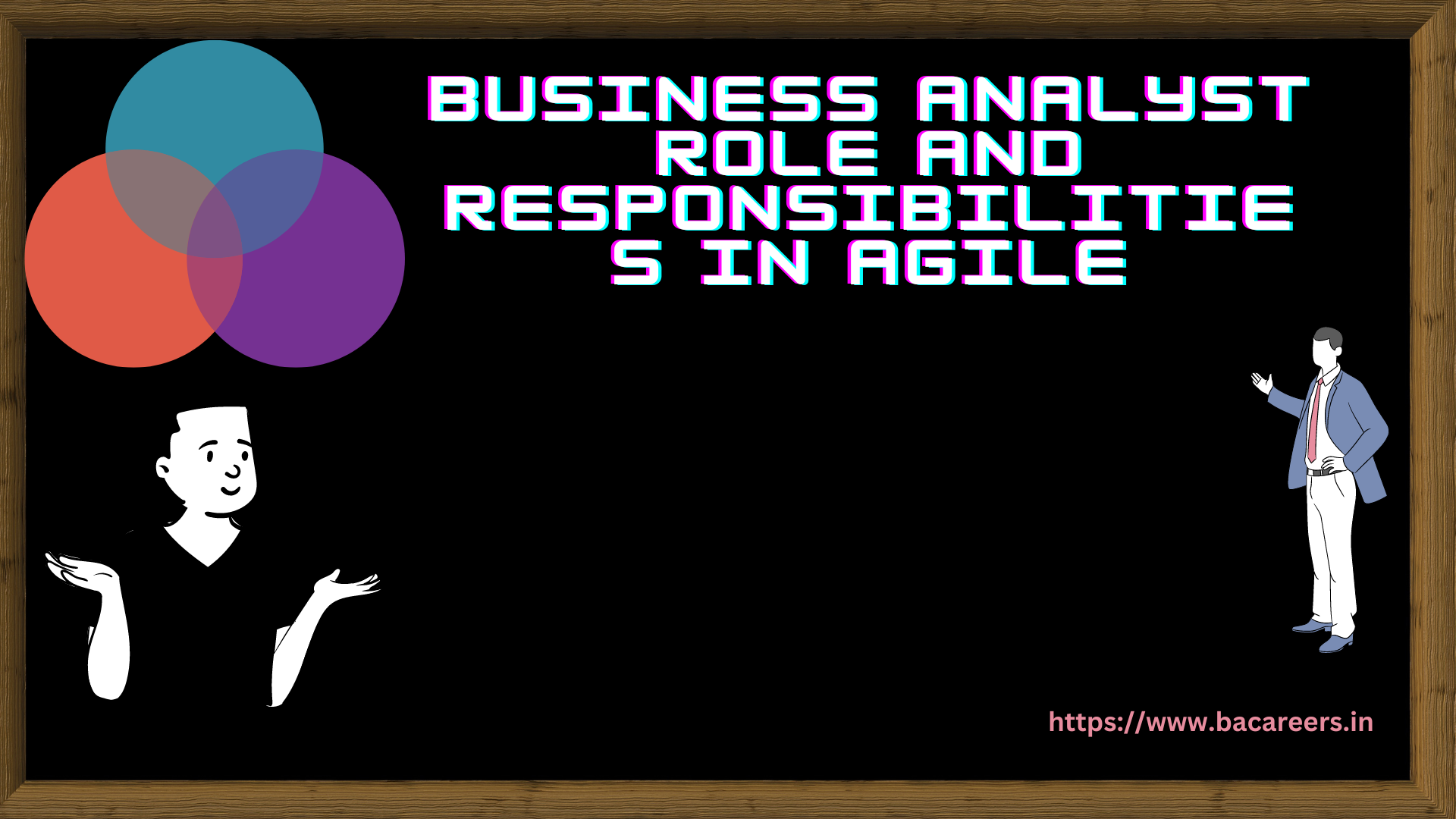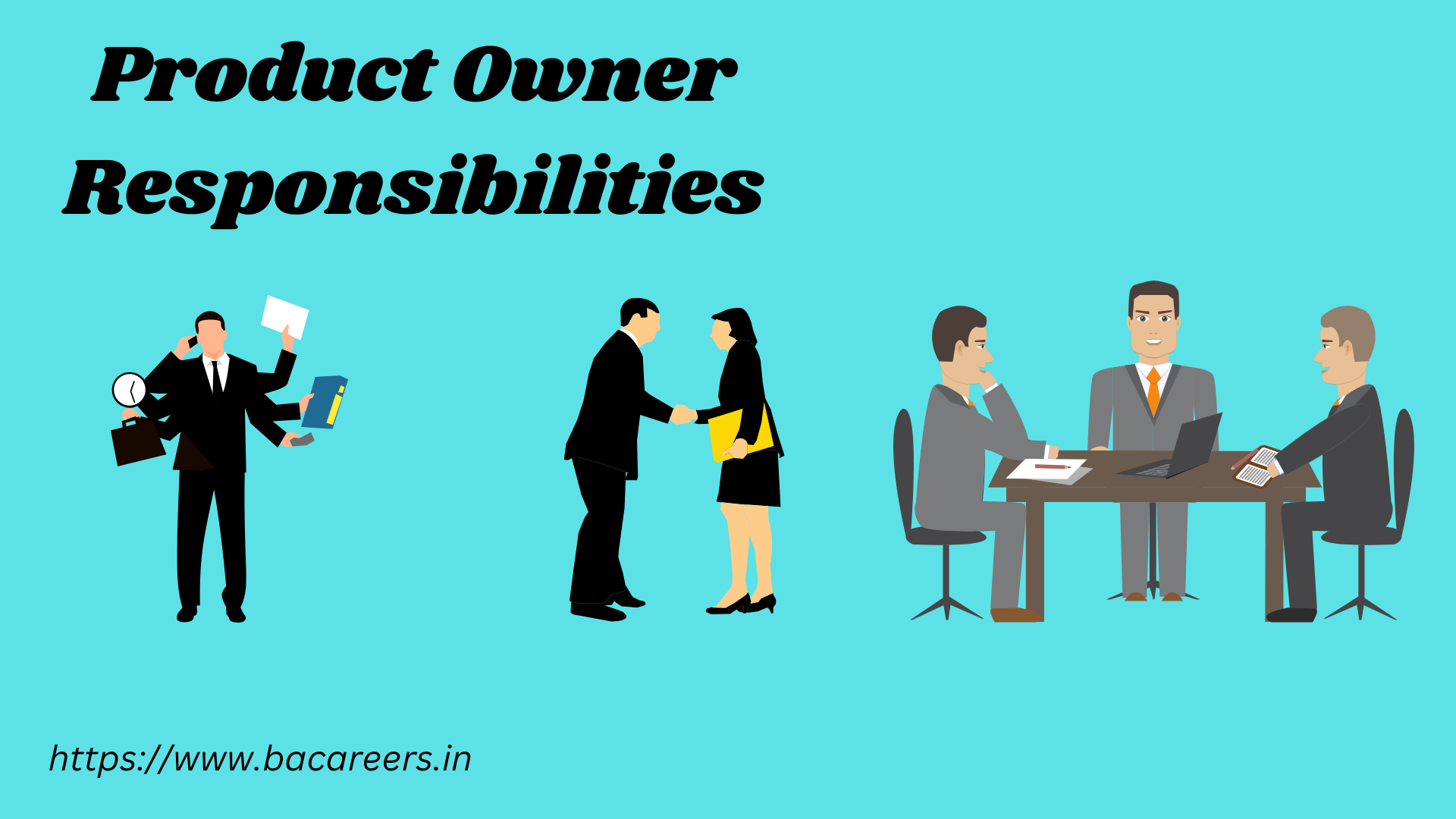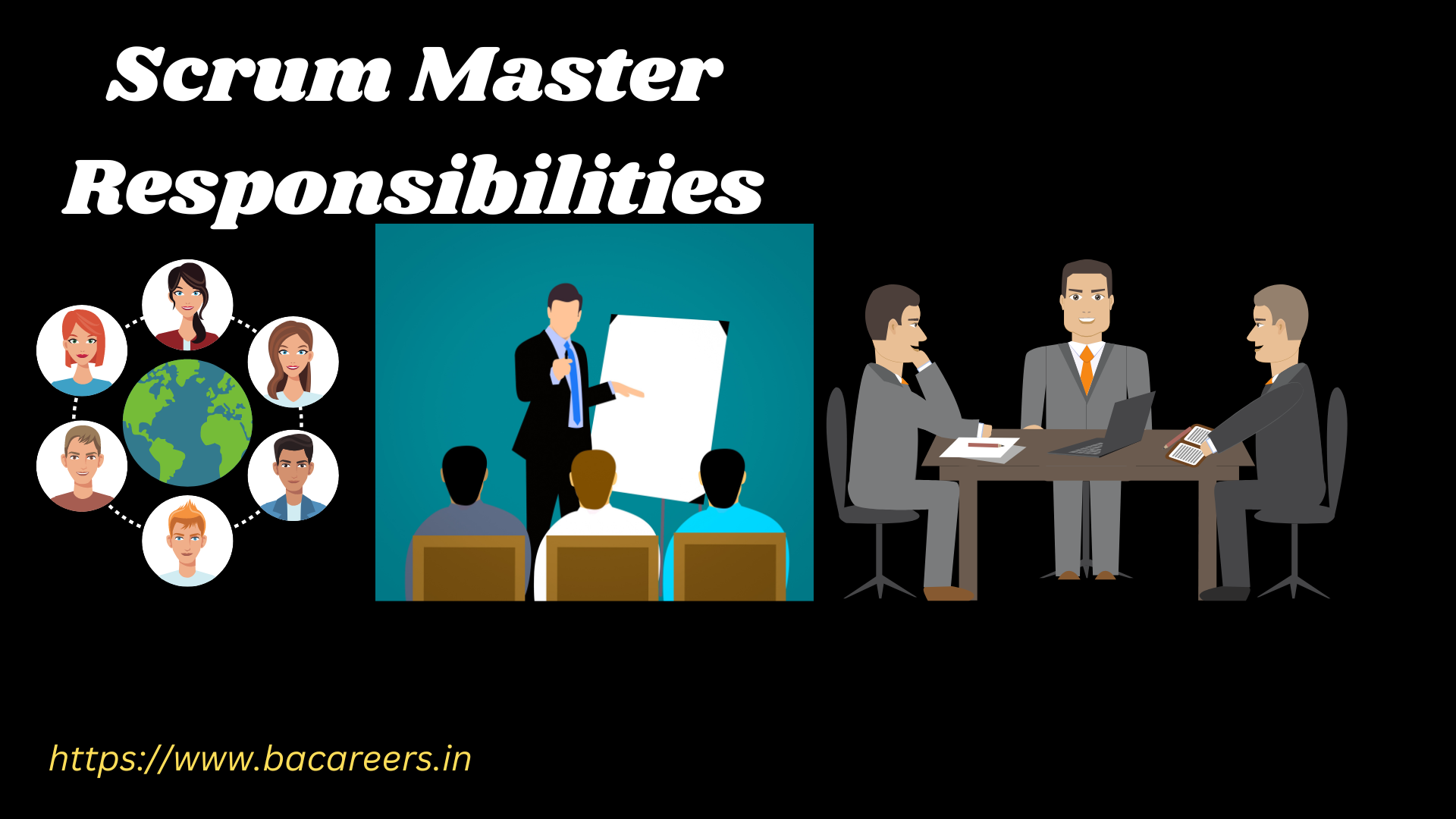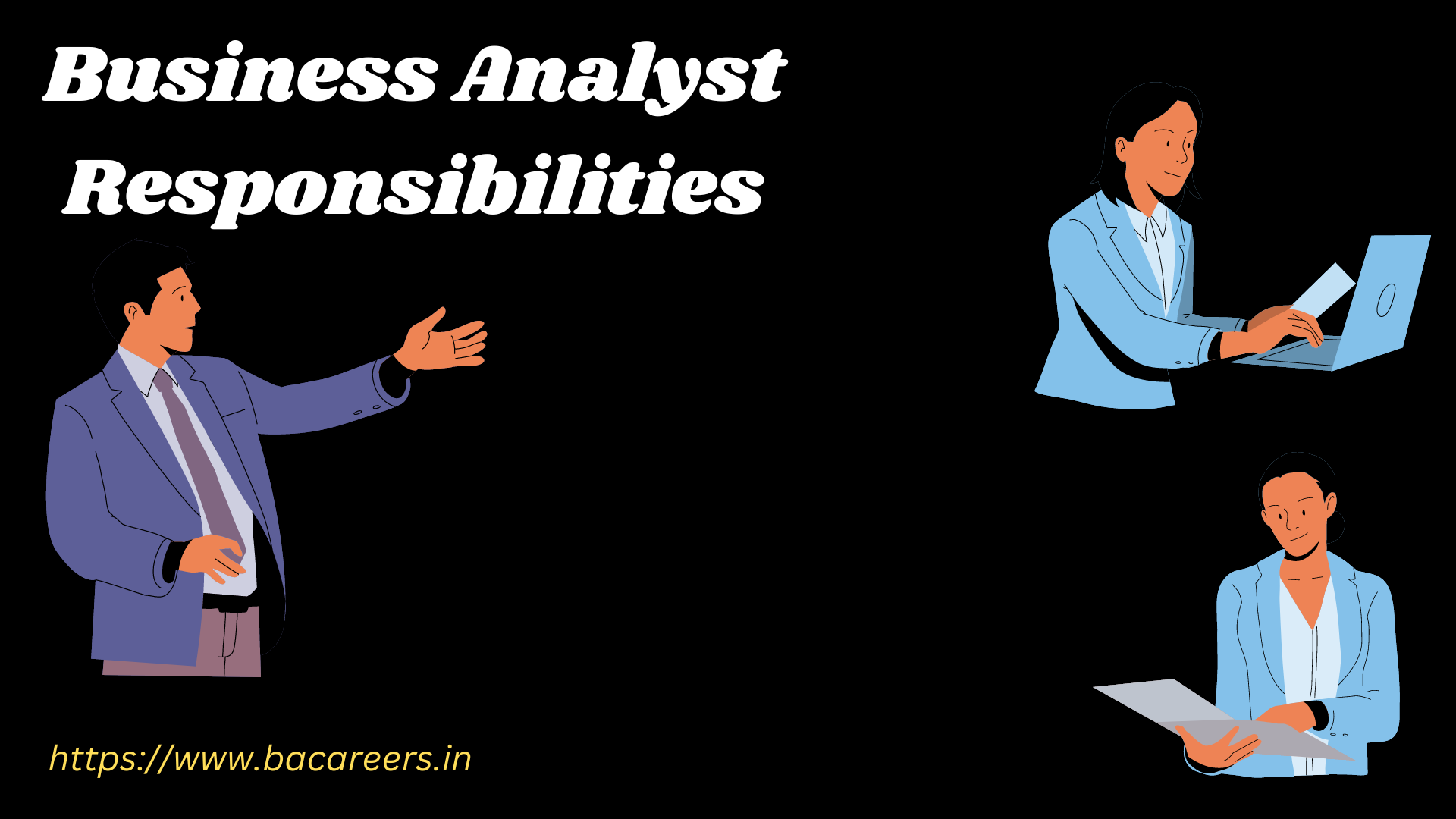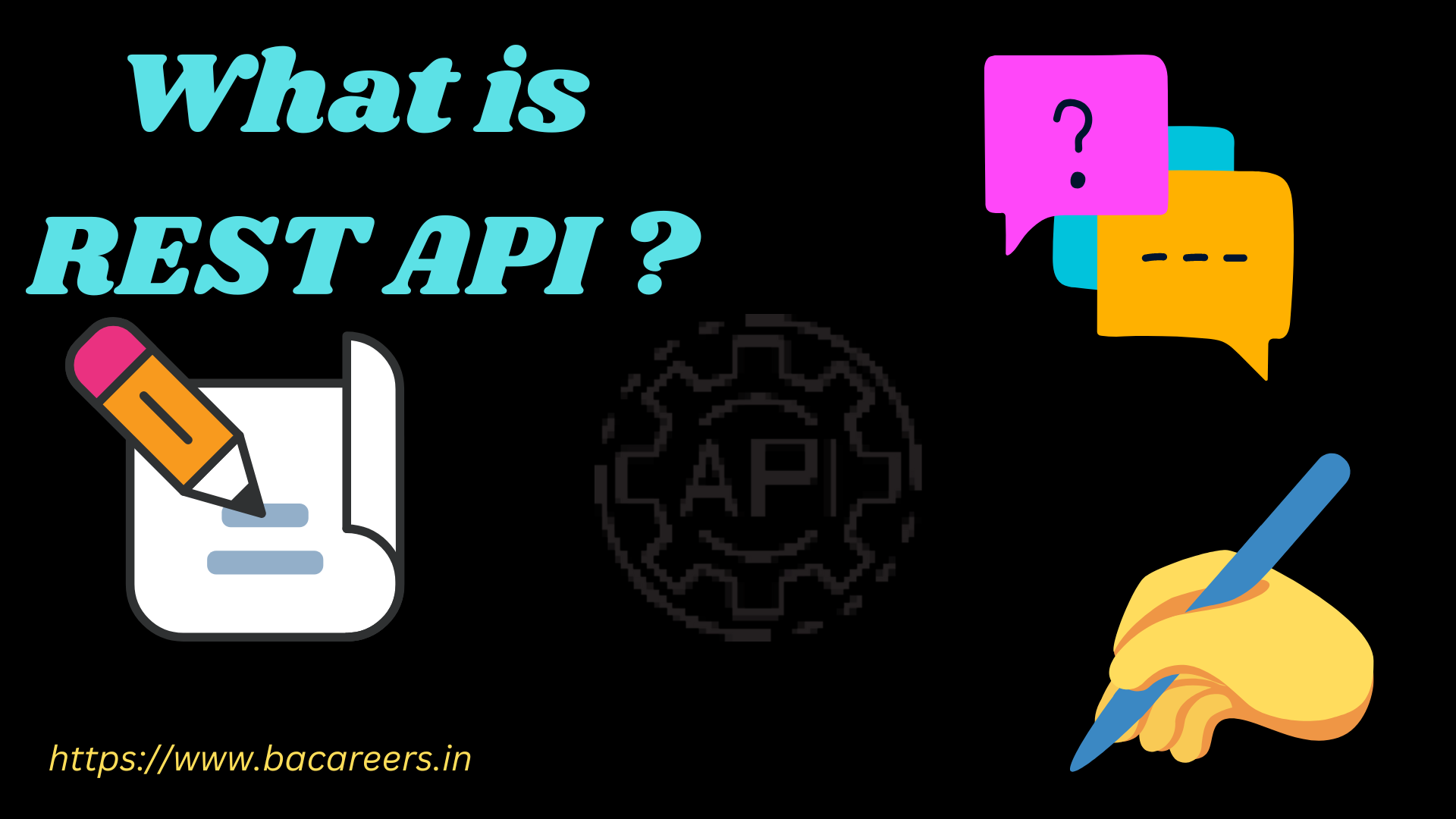Business Analyst Role and Responsibilities : Being a business analyst in an Agile environment requires a unique set of skills to ensure successful development and deployment of products. It is important to focus on the roles and responsibilities of a business analyst, such as eliciting and refining requirements, conducting requirement reviews, defining acceptance criteria, and communicating status reports. With these tips in mind, you’ll be well-prepared to practice best practices as an agile business analyst.
What is an Agile Business Analyst?
A business analyst in an Agile environment is responsible for working closely with stakeholders to ensure their objectives are achieved while also ensuring the team’s progress towards these goals is monitored. Business analysts also need to act as a bridge between stakeholders, developers and testers by providing continuous guidance and feedback on project requirements related to design, development, testing and deployment of agile projects.
What Role and Responsibilities Do Business Analysts Have in Agile Environments?
Business analysts in Agile environments are responsible for various tasks such as writing user stories, documenting process flows, creating reports and dashboards to track progress and identify areas of improvement. They should also be familiar with agile techniques such as sprints, scaled planning, Pivot or Perish scenario modeling etc. The role of a business analyst in an Agile environment is to help the team make informed decisions by analyzing data and providing insights on how to increase efficiency, reduce costs, improve customer satisfaction and ultimately deliver better results.
Understand the Scrum Processes and Methodologies.
Business analysts should understand Scrum processes such as sprint planning, retrospectives and daily stand-up meetings. They need to have a thorough understanding of the Agile methodology and be able to explain it to others in order to bring successful projects and initiatives to fruition. Being adept in agile project management will help the business analyst think about the steps necessary for success and how those steps fit into the scrum framework. This knowledge is essential in creating good user stories and forming valid hypotheses throughout various stages of an agile project.
Knowing How to Write User Stories for Maximum Benefit.
User stories allow the business analyst to identify and understand the customer’s needs in a structured manner. They should be written well enough that developers can determine the scope of work needed to satisfy them. Business analysts must show their ability to anticipate customer needs during the implementation of user stories and to work collaboratively with product owners to revise them accordingly when necessary. They can also use brainstorming techniques, such as mind mapping, to deepen their understanding of each story’s requirements and make sure all stakeholders are on board going forward.
Best Practices for Reporting on Analytic Results and Progress Metrics.
As a business analyst, you must develop and present progress metrics to stakeholders to prove that solutions are achieving their desired outcomes. You will need to use your current analytics skills and determine the best reports to create that include specific data visualizations and updated metrics related to performance on the project. You should be able to explain clearly the logic behind those visualizations or formulas used, as well as how they map to business goals. Furthermore, it is essential for you to stay up-to-date with industry news related to business analysis so that you can provide a wider context for these results when presenting them.
The role of a business analyst is to provide input to product development teams and help steer projects towards their desired outcomes. In order to be successful in this role, the business analyst must be comfortable with both the product development process and business analysis concepts. The responsibilities of a business analyst vary depending on the type of product they are working on, but typically include the following:
- Reviewing customer Feedback
- Developing roadmaps and Gantt charts
- Creating user stories with milestone descriptions
- Doing qualitative market research
- Creating wireframes
- Helping with feature specs
- Providing feedback during development sessions
Some common role and responsibilities of a business analyst in an agile environment include:
- Ensuring that changes are implemented in a manner that not only meets the business requirements but also stabilizes the system.
- Reviewing and initiating process improvements in an effort to improve efficiency and effectiveness.
- Identifying areas where automation or other technologies can be used to improve the overall workflow.
- Helping to define and scope customer surveys, market research, and process improvement experiments.
An agile business analyst is responsible for the overall functionality and performance of an agile project. This includes ensuring that all stakeholders are aligned on the goals of the project, making sure that progress is gauged on a regular basis, and resolving any issues that arise. The agile business analyst also works with stakeholders to create and manage change requests, assists in transitioning from one phase of the project to another, and provides guidance on how to adopt agile into their organization.
FAQ’s
What is the main role of business analyst?
Business analysts assess how organisations are performing and help them improve their processes and systems. They conduct research and analysis in order to come up with solutions to business problems and help to introduce these solutions to businesses and their clients.
What are the three main role and responsibilities of a business analyst?
Business analyst job description
Creating a detailed business analysis, outlining problems, opportunities and solutions for a business. Budgeting and forecasting. Planning and monitoring.
What are the roles and responsibilities of analyst?
Analyst duties and responsibilities
- Gathering and analyzing data.
- Interpreting gathered data.
- Submitting reports to the relevant department heads and management.
- Finding patterns and trends in the analyzed data.
- Helping the management and other teams draw business goals and needs.
What are the key skills for business analyst?
Top Business Analyst Skills
- Understanding the Business Objective. …
- Analytical and Critical Thinking. …
- Communication and Interpersonal Skills. …
- Negotiation and Cost-Benefit Analysis. …
- Decision-Making Skills. …
- Programming Languages. …
- Creation of Reports and Dashboards. …
- Database and SQL.
What are business analyst skills?
Business Skills for Business Analysts-
Analytical Problem-Solving: Large amount of data needs to be analysed on a daily basis, and thus analytical problem-solving skills are essential. Effective Communication: Laymen might not be able to understand technical and complicated reports and presentations.

Business Analyst , Functional Consultant, Provide Training on Business Analysis and SDLC Methodologies.

